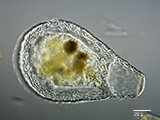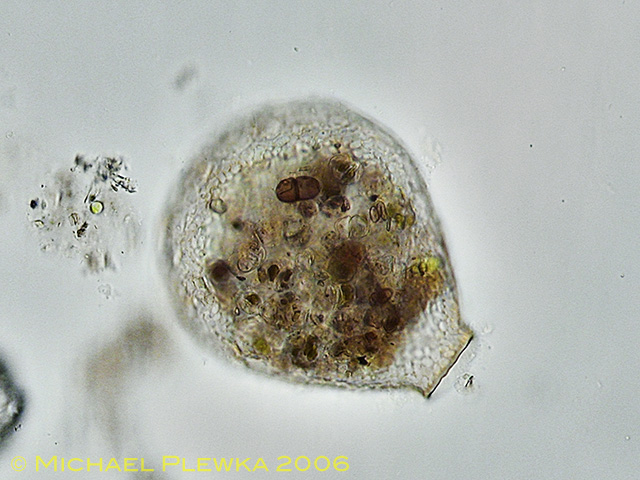
Shell covered mostly by circular plates mixed with polygonal plates. collaris, go directly to 31.Ībbreviations: L: Length W: Width H: Height (or depth) P: Pseudostome (aperture) width. barbata S, Argynnia caudata T, Argynnia spicata U, Argynnia columbiana V, Argynnia triangulata W, Argynnia triangulata X, Argynnia bipes.įor the “standard” Nebela species such as N. flabellulum P, Argynnia dentistoma Q, Argynnia dentistoma var. lageniformis K, Alocodera cockayni L, Apodera vas M, N. M-O) or from Argynnia dentistoma (P-U, P-R, V-X) (from Deflandre, 1936). taxa and hypothetical phylogenetic relationships between them derived from either N. 1 General view of the morphological diversity of Nebela s.l. Although these two species share some morphological traits of the Nebelidae family, they are currently not included in the Nebelidae family and are treated as Incertae Sedis.įig. Geamphorella Bonnet, 1959, a species from humic calcareous soils, and Pseudonebela Gauthier-Lièvre, 1953, an aquatic species found in tropical swamps. However, some species included in Meisterfeld’s key were excluded from this key. In most cases I followed Meisterfeld’s selection and in all cases his taxonomic treatment. In his chapter of the illustrated guide to the protozoa, Meisterfeld included several other genera in the key to the Nebelidae, some of which, such as Schoenbornia, may use mineral xenosomes in addition to siliceous plates derived from other protists to build their shells. Most of the taxa included in this key are those that were in the 1936 monograph of Deflandre. No formal copyright authorization was asked for using Meisterfeld’s criteria nor for using the illustrations and therefore, until further notice, this document is limited to personal use. Parts of this key were adapted from the general key to the Nebelidae of Meisterfeld. This document was translated and adapted from the following sources: (Cash et al., 1905-1921 Deflandre, 1936 Lüftenegger et al., 1988 Meisterfeld, 2000 Penard, 1902 Schönborn et al., 1987). Two Schoenbornia species are also included, but the Quadrulella species treated as Nebela species by Deflandre and for which he created a subgenus are not included. species likely to be found in nature, at least in the northern hemisphere. This selection probably covers the majority of Nebela s.l. This key includes 43 taxa treated as Nebela by Deflandre key. Many taxa described since Deflandre’s 1936 monograph are not included here. species, especially for scientists who do not read French or German, languages in which many of the earlier papers on testate amoebae were written. This illustrated key aims to allow the identification of Nebela s.l. Goal of the key, source of the information and copyright issues The general morphology of most taxa appears to be quite constant, although considerable variation can be found, especially for small details of the test. species cover a wide range of morphological variations, possibly derived from a single ancestral type (Fig. tincta-collaris group and some obscure, easily overlooked species such as N. militaris, together with some more problematic taxa such as the N. The genus Nebela contains some of the most beautiful and common species of testate amoebae, among which many easily identifiable species such as N. Any suggestions for improvement are very welcome! Still imperfect as this document is hopefully it will be useful.


The true diversity of the genus is much higher both considering described taxa, and certainly even more so if pseudo-cryptic and cryptic taxa are considered. This is a grossly simplified key of some main types.

Mitchell, University of Neuchâtelĭisclaimer. The identification of Hyalospheniidae with indications on their ecology and distributionĮdward A.

Granoreticulose – Naked amoeboid organisms with branched filopodia over which numerous granules move extremely quickly in both directions and which can form an extensive network (reticulum).Pseudopodia usually appressed to the substratum. Granules are evenly distributed and move slowly or not at all. Granofilose – Naked amoeboid organisms with granular filose pseudopodia.Filose – Naked amoeboid organisms with filamentous pseudopodia.Some species have subpseudopodia, small extensions of a hyaline anterior zone. Lobose – Naked amoebae with finger-shaped, tubular pseudopodia.Granuloreticulose – Testate amoeboid organisms with branched filopodia over which numerous grains move extremely quickly in both directions and which can form an extensive network (reticulum).Test and pseudopodia appressed to the substratum. Granofilose – Testate amoeboids with granular filose pseudopodia.Filose – Testate amoebae with filose (filamentous) pseudopodia.Lobose – Testate amoebae with finger-shaped, tubular pseudopodia.


 0 kommentar(er)
0 kommentar(er)
